by Michael Haskew
During the War of the Third Coalition, Napoleon Bonaparte, a year after proclaiming himself Emperor Napoleon I of France, won perhaps the greatest victory of his military career near the Bohemian village of Austerlitz, also known as the Battle of the Three Emperors because Napoleon confronted Austrian and Russian armies led by Francis II and Alexander I respectively.
[text_ad]
On December 2, 1805, Napoleon’s Grand Armée of 73,000 troops fought approximately 86,000 coalition soldiers at Austerlitz. A month earlier, the French army had marched victoriously into the Austrian capital of Vienna. During the approach to Austerlitz Napoleon demonstrated his tactical genius, sending five corps of his army in a great sweep around the flank of an advanced Austrian force of 27,000 troops under General Karl Mack. The French forces marched through Franconia and northern Bavaria, encircling the enemy, and forcing a capitulation without fighting a major battle.
“Gentlemen, Examine This Ground Carefully…”
Napoleon chose the ground on which the coming Austerlitz engagement would be fought. He anticipated an enemy movement to the south and told his commanders, “Gentlemen, examine this ground carefully. It is going to be a battlefield, and you will have a part to play upon it.” He then executed a clever ruse, inviting the Austrians and Russians to attack. Ordering French troops to occupy nearby high ground, including the tactically critical Prätzen Heights, he subsequently feigned weakness by withdrawing from the valuable promontory, which the enemy occupied on December 1.
Observing Austrian attacks toward the village of Tellnitz and their southward movement the following morning, Napoleon concluded that the enemy center would be weakened by the maneuver. He ordered his troops to move to better positions and watched as the Austrians and Russians abandoned the crucial Prätzen Heights. Soon, the French corps of Marshal Nicolas Soult captured the village of Prätzen and the neighboring high ground. Repeated Russian attempts to retake the key terrain feature were thrown back. To the north, French troops under Marshals Jean Lannes and Nicolas Murat forced Coalition troops to fall back.
By mid-afternoon, the center of the Austro-Prussian line had disintegrated, heavy casualties were sustained in the futile attempts to retake the Prätzen Heights, and by 4:30 p.m. the French had routed their enemy southward toward a tangle of streams and frozen lakes. As some Russian and Austrian attempted to cross, the ice gave way and panic ensued. For their part, the French were exhausted and could not pursue as the enemy retreated toward the safety of Poland and East Prussia.
Austria Out of the Third Coalition
During the 1805 Battle of Austerlitz, the Coalition lost 27,000 troops in the debacle while the French dead and wounded amounted to about 8,000. Many historians consider the battle Napoleon’s greatest tactical masterstroke, leaving the Russian and Austrian armies in disarray and their British allies with little opportunity to counter the defeat. Three weeks after Austerlitz, the French and Austrians concluded the Treaty of Pressburg, which took Austria out of the Third Coalition.
Napoleon, in turn, consolidated his influence over the German states with the creation of the Confederation of the Rhine. In due time, however, another Coalition would rise to do battle with the great Emperor of France.
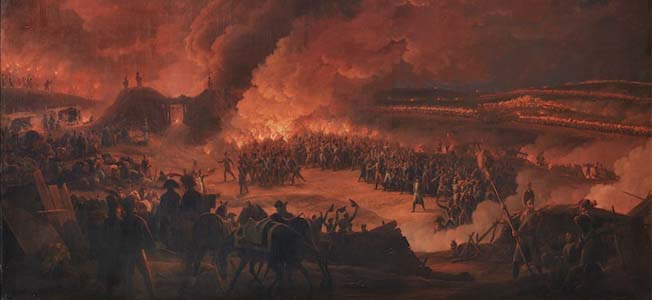
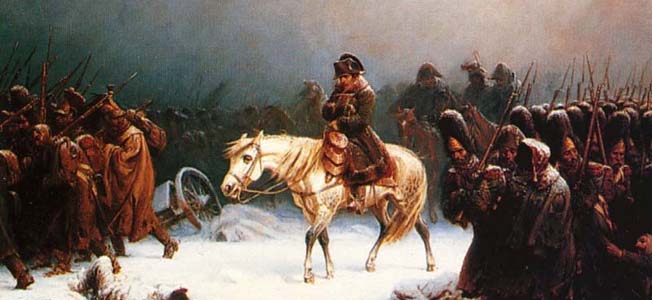
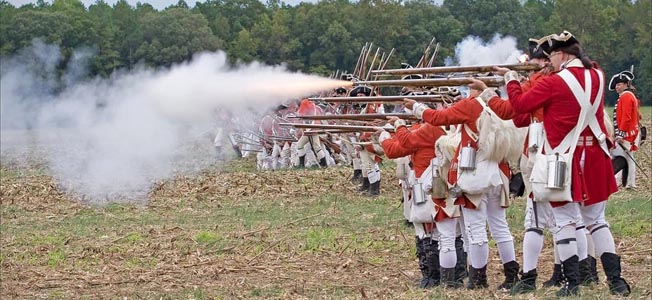
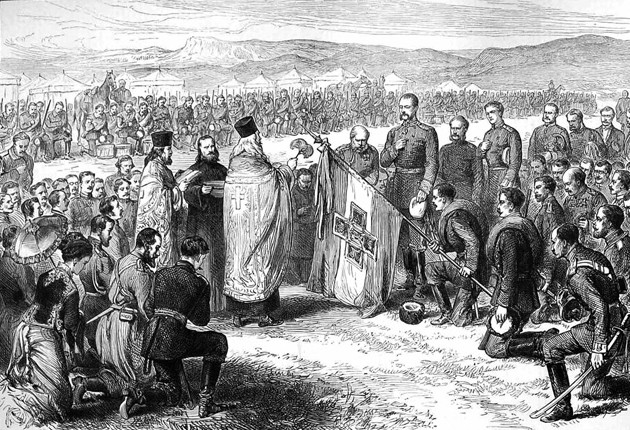
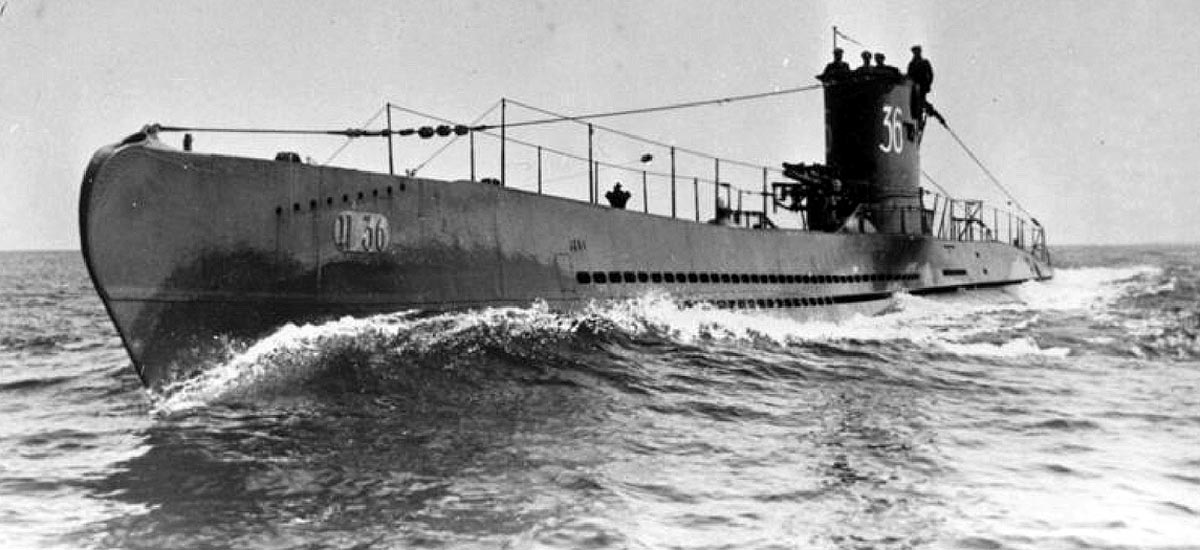
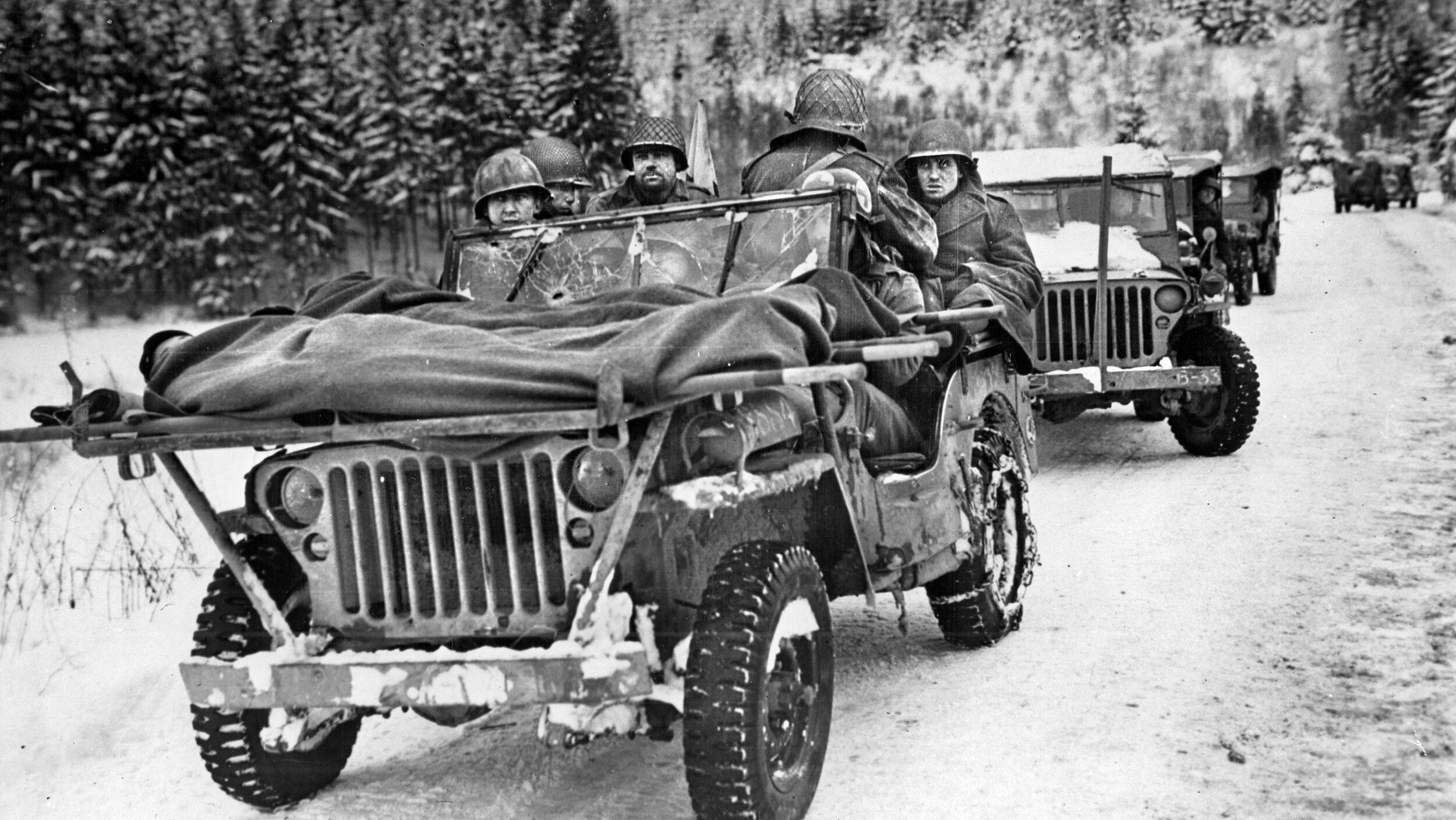
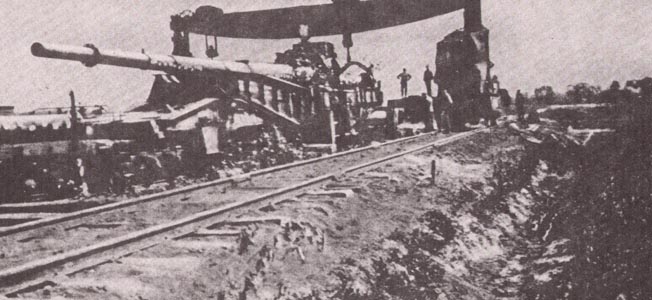
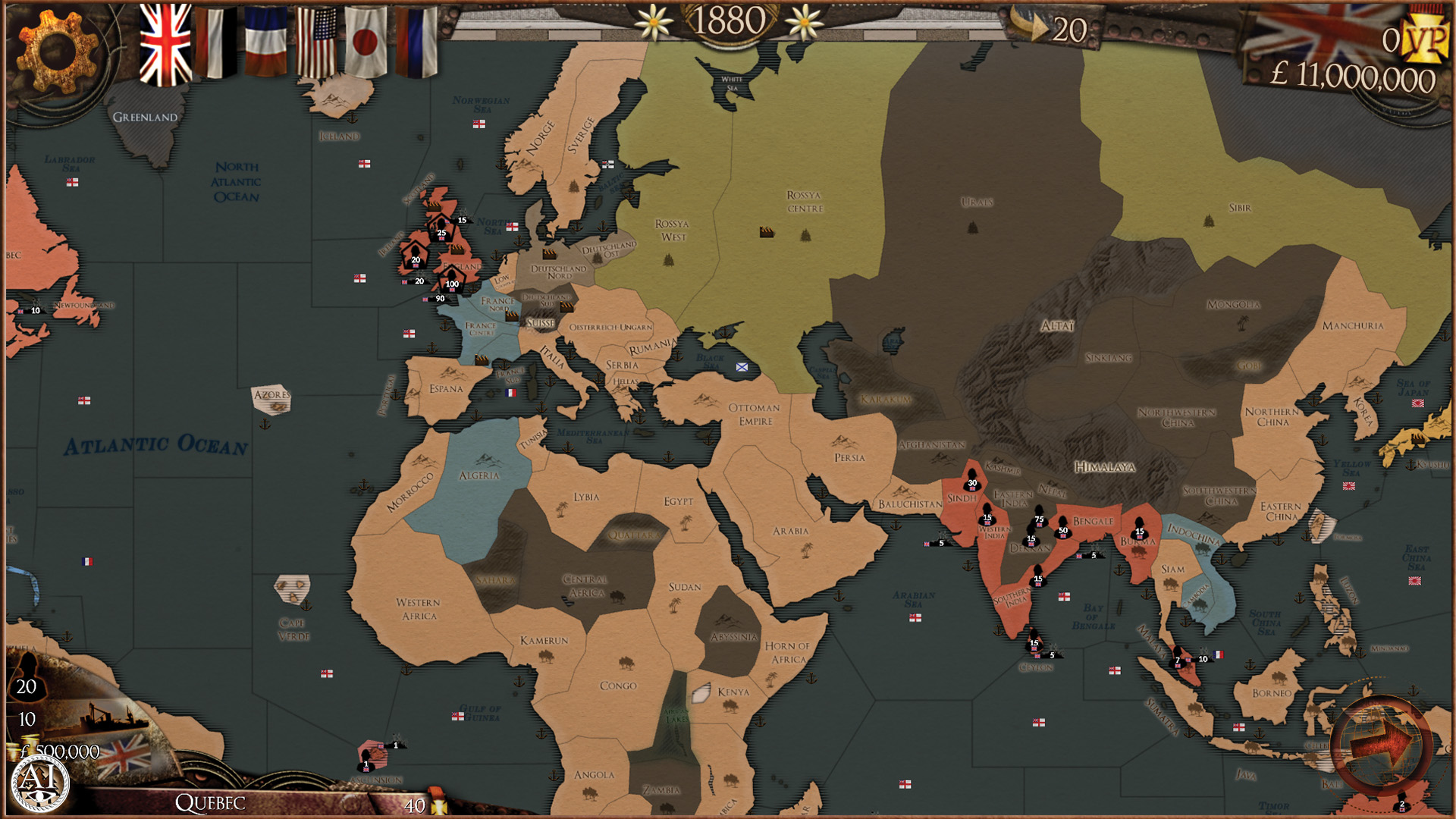

Join The Conversation
Comments
View All Comments